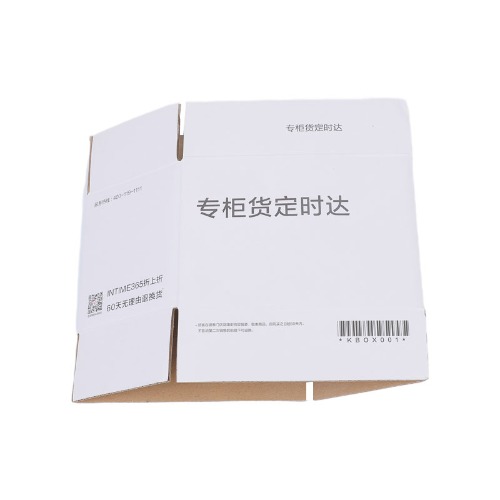The Classification of Carton Packaging Box
2023.06.30
Carton packaging boxes can be classified based on various factors such as their structure, purpose, size, or material. Here are some common classifications of carton packaging boxes:
Structure:
a. Regular Slotted Container (RSC): This is the most common type of carton box, consisting of four flaps on the top and bottom that meet at the center when folded. The outer flaps provide overlapping layers for added strength and protection.
b. Die-Cut Boxes: These boxes are custom-designed and usually have unique shapes or features. They are pre-cut and scored, allowing for easy folding and assembly without the need for additional taping or gluing.
Purpose:
a. Shipping Boxes: These boxes are designed to safely transport products during shipping and handling. They are typically sturdy and durable, providing protection against impacts and stacking.
b. Retail Packaging Boxes: These boxes are used for presenting products on store shelves. They are often more visually appealing, with branding and graphics to attract consumers.
Size:
a. Small Boxes: These boxes are compact and suitable for small or lightweight items.
b. Medium Boxes: These boxes are larger than small boxes and can accommodate a wider range of products.
c. Large Boxes: These boxes are designed for larger or bulkier items that require extra space.
Material:
a. Corrugated Boxes: These boxes are made from corrugated cardboard, which consists of a fluted layer sandwiched between two flat layers. Corrugated boxes are lightweight, strong, and provide excellent cushioning and protection.
b. Folding Cartons: These boxes are typically made from solid paperboard or paper-based materials. They are commonly used for retail packaging, such as cereal boxes or cosmetic packaging.
Specialized Boxes:
a. Display Boxes: These boxes are designed to showcase products and attract attention in retail environments. They often have a window or open front for visibility.
b. Wine or Bottle Boxes: These boxes are specifically designed to hold and protect bottles, typically with dividers or inserts to prevent breakage.
c. Subscription Boxes: These boxes are used for subscription-based services, delivering curated products to customers on a recurring basis.



 English
English  العربية
العربية











